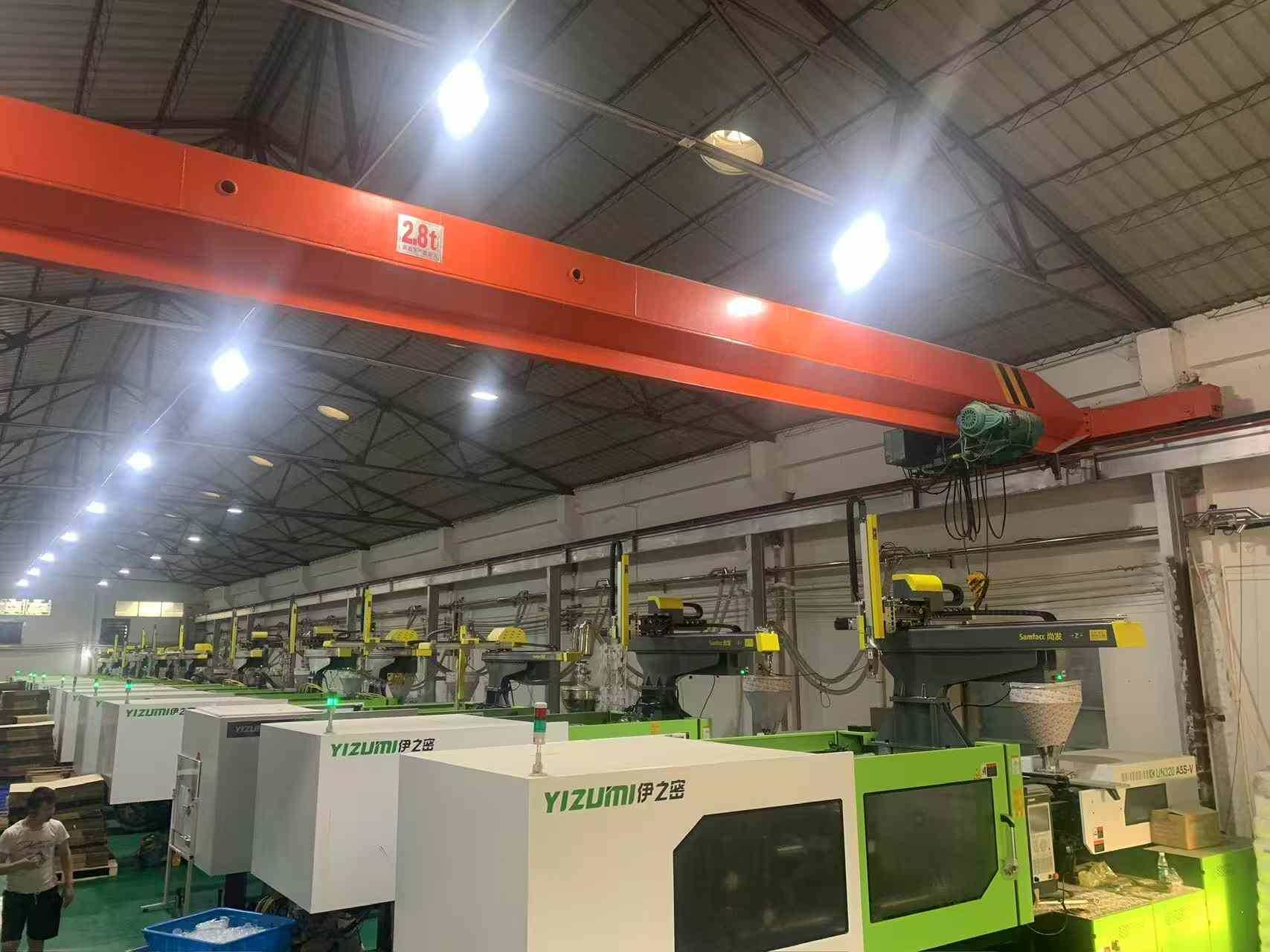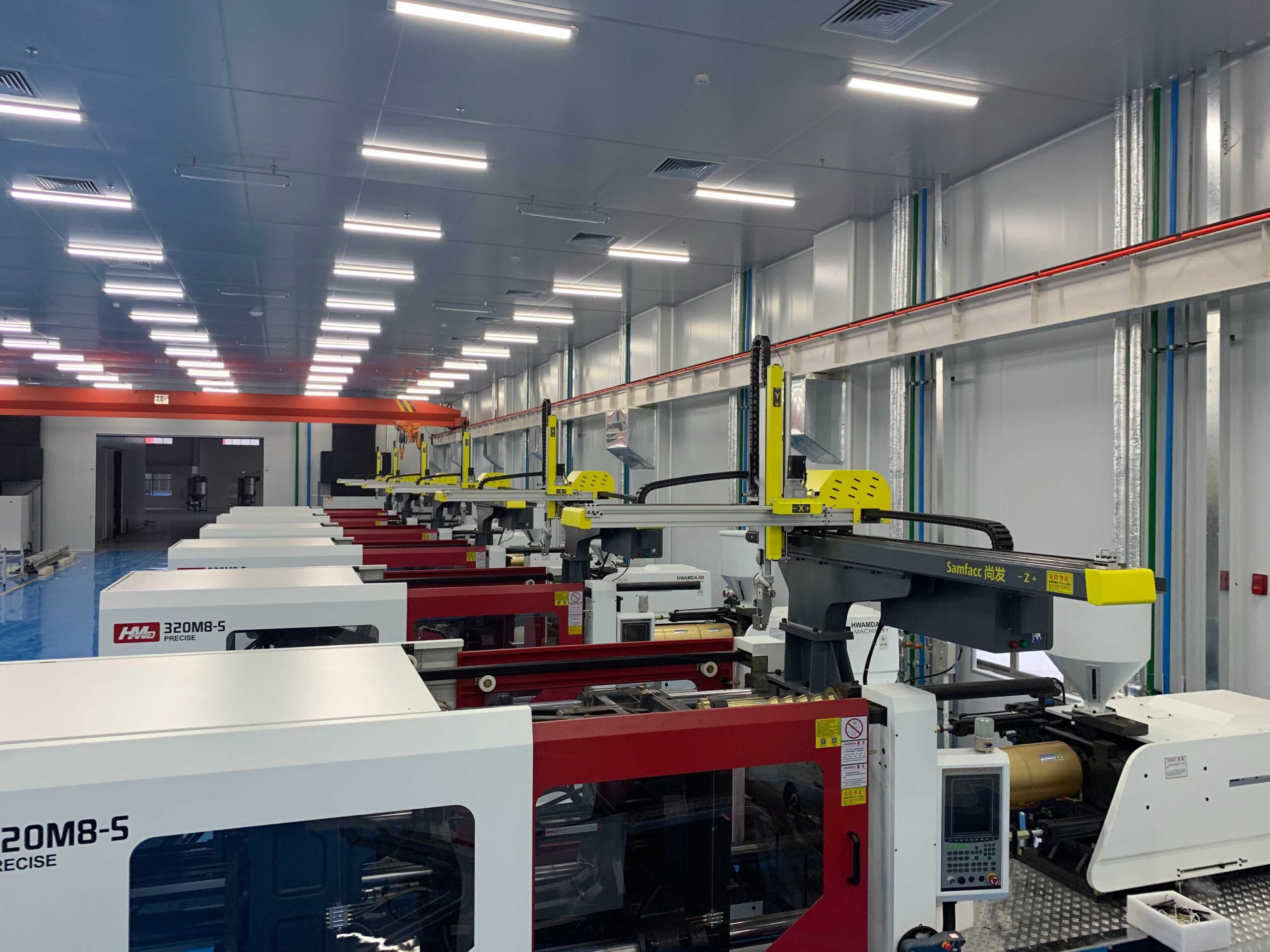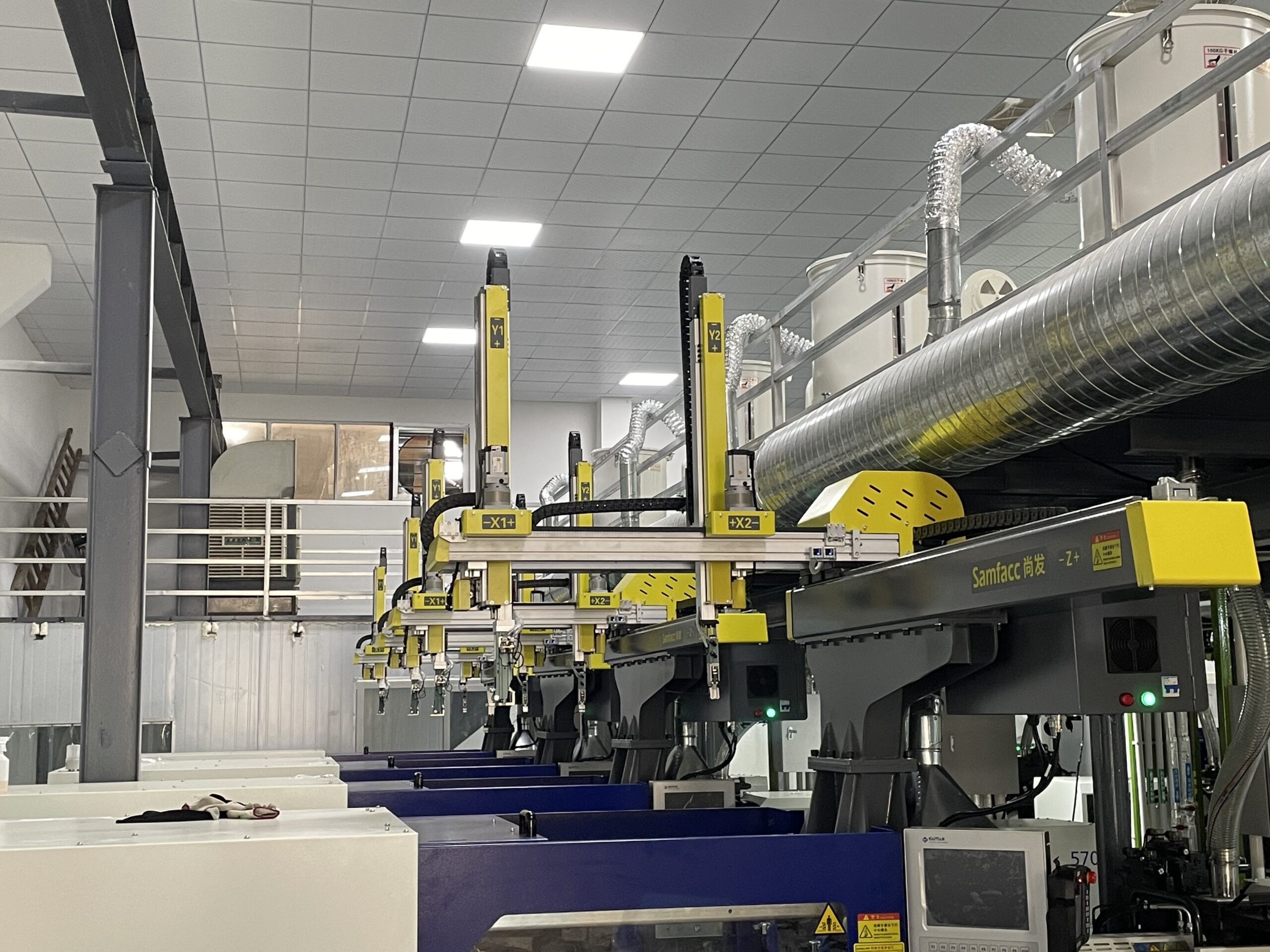Have you ever watched a robot pick up objects? The metal hands that grab things are called arm grippers. These tools help robots hold and move items in factories every day.
Factories use arm grippers for efficiency. Arm grippers can handle heavy boxes, tiny screws, or even hot metal parts without breaking them.
How Do Arm Grippers Work?
Most grippers work like your fingers when you pick up a cup. They open, close around an object, and hold it tight. Some use air pressure to squeeze. And other use electricity to control how hard they grip.
These are gentle with fragile items like glass. They can also lift car parts that weigh hundreds of pounds. These grippers are designed to know exactly how much force to use.
Different Types of Arm Grippers
As people have different tools for different jobs, factories use various grippers for specific tasks.
- Parallel grippers work like tweezers. These work great for picking up boxes, bottles, or anything with flat sides.
- Angular grippers have fingers that rotate like your thumb and finger when you pinch something. They can grab round objects or things with weird shapes that parallel grippers might drop.
- Some special grippers can also feel what they touch. These smart grippers know if they’re holding something too tight or too loose. This helps prevent damage to expensive products.
Why Factories Love Using Arm Grippers
- Money savings is the biggest reason factories choose them. One robot can do the work of many persons.
- Quality also gets better when factories use grippers. They place every part in exactly the same spot every time.
- Car companies use grippers to install engines, paint cars, and put on wheels. Food companies use them to package products and move ingredients. Even phone manufacturers rely on them to place tiny computer chips.
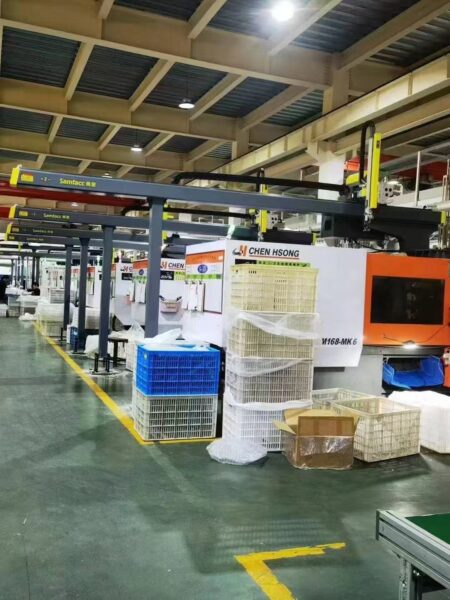
Keeping Grippers Working Well
Like any tool, grippers need care to work their best. Factory workers check them every day for wear and damage. The grip pads that touch products wear out over time. Workers replace these before they get too worn.
Good maintenance means fewer surprise breakdowns. When grippers break unexpectedly, the whole production line stops. This costs factories lots of money. Smart factories now use sensors that warn workers before grippers break. This lets them fix problems during scheduled breaks instead of emergency shutdowns.
What Makes Some Arm Grippers Better Than Others?
- The best grippers come from companies that understand factory needs. They build grippers that last longer and work more reliably.
- Look for grippers made with strong materials that resist wear. Stainless steel parts work better than cheap plastic in tough factory conditions.
- Easy programming saves time and money. Grippers that connect simply to existing factory computers make setup faster.
- Good customer support matters too. When problems happen, factories need quick help to get back to making products.
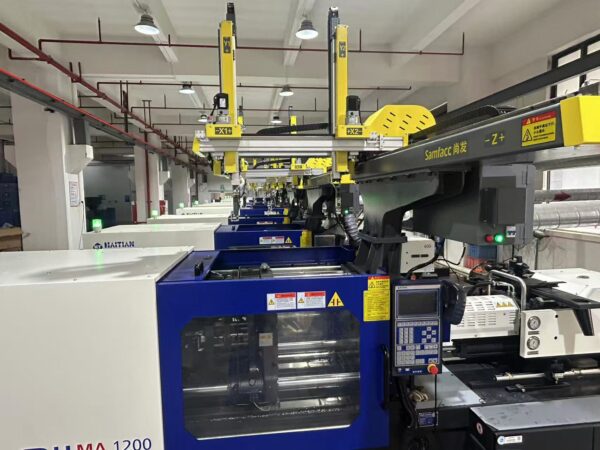
The Future of Grippers
- New grippers are getting smarter every year. Some can now see what they’re picking up and adjust their grip automatically.
- Future grippers can learn from experience. They could remember the best way to handle each type of product and get better over time.
- Voice control is coming soon. Workers might simply tell grippers what to pick up instead of typing commands into computers.
Final Thoughts!
Factories use robots, grippers will become more important due to increased usage in factories. They turn regular robots into useful workers that help companies make better products faster and cheaper.
Smart factory owners know that choosing the right grippers today sets them up for success tomorrow. These simple but powerful tools are changing how we make everything from cars to cookies.


